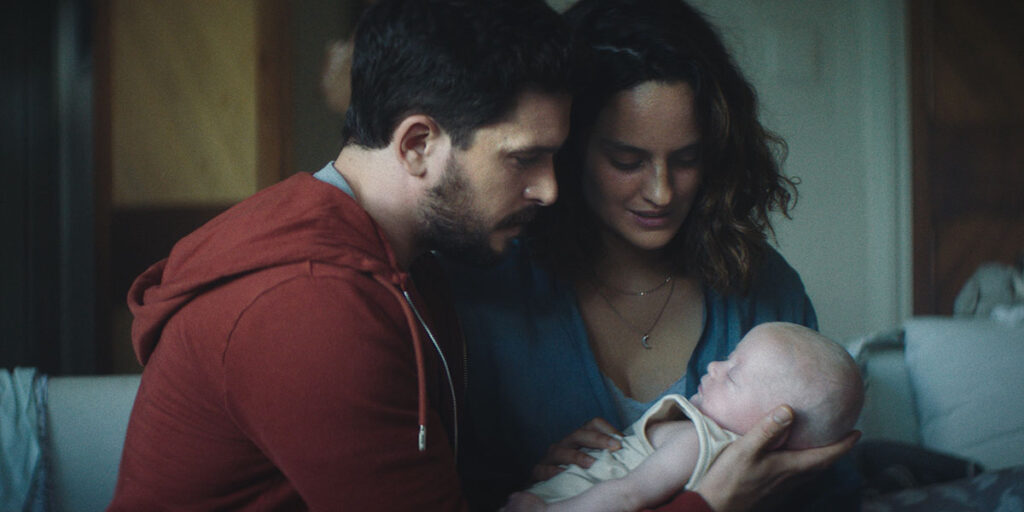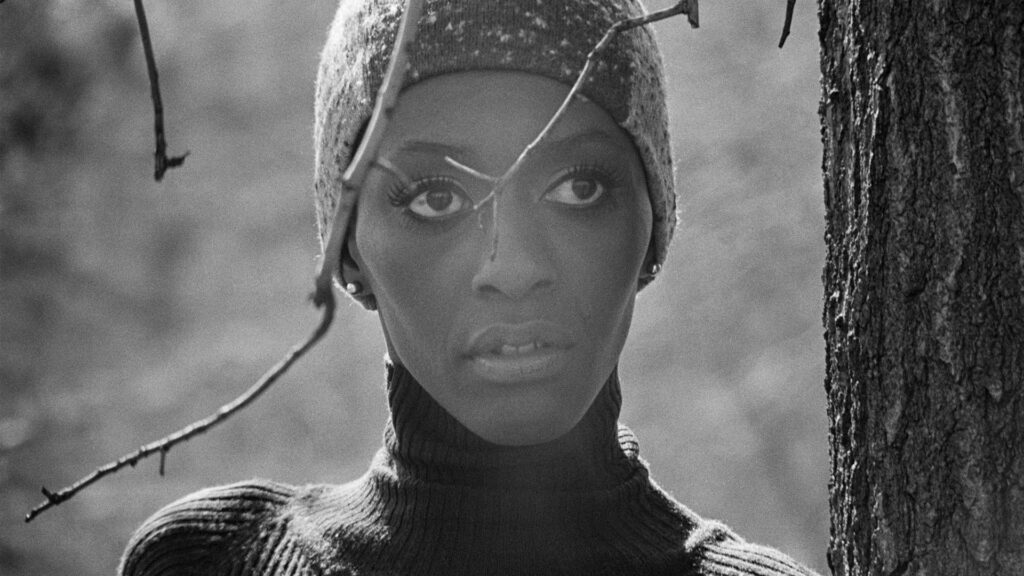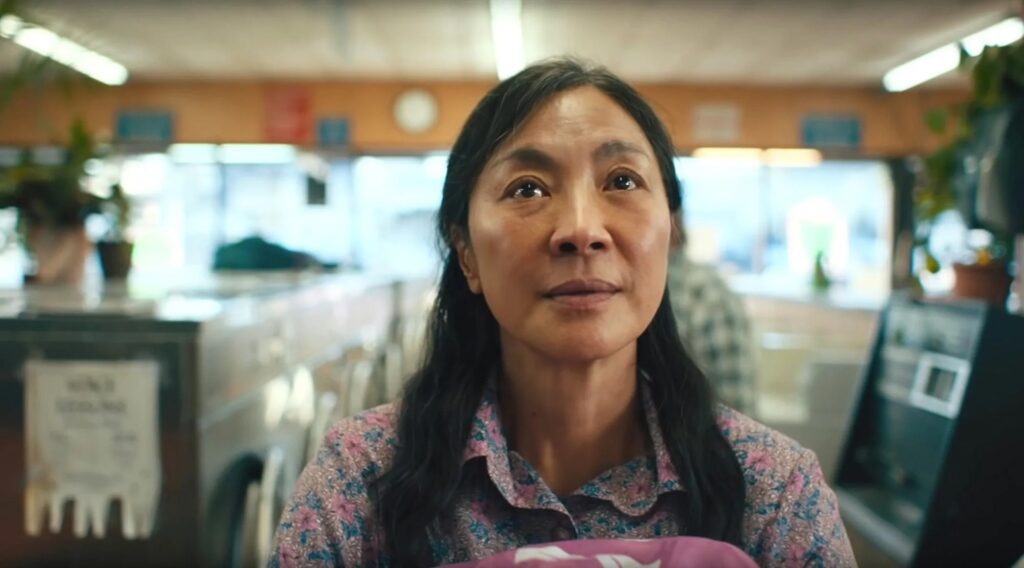 Did you know that November is Add Female Characters Month? It is according to Geena Davis, who took over the back page of Variety to declare it such. The ad ran on Tuesday, November 13, the same day that Davis hosted the Third Symposium on Gender in Media at the SLS Beverly Hills Hotel.
Did you know that November is Add Female Characters Month? It is according to Geena Davis, who took over the back page of Variety to declare it such. The ad ran on Tuesday, November 13, the same day that Davis hosted the Third Symposium on Gender in Media at the SLS Beverly Hills Hotel.
As founder of the Geena Davis Institute on Gender in Media, the actress who played the first female president of the United States in Commander in Chief has become a spokesperson for the need to increase the number of female characters and reduce gender stereotyping in media, especially film and television made for children.
Delivering the keynote address at the Symposium, Davis must have felt that she was preaching to the choir. The audience overflowing the hotel ballroom was at least 95% female. In her closing remarks, Davis offered to “present the research to your company, to your colleagues – and to the men in your company who didn’t come today.”
Intended to engage, inspire, and spark discussion and action, the research report unveiled at the Symposium is entitled “Gender Roles & Occupations: A Look at Character Attributes and Job-Related Aspirations in Film and Television.” The five key findings:
- Females are still sidelined in popular entertainment
- Females are still stereotyped and sexualized in popular entertainment
- Females still suffer from an employment imbalance in film and prime-time TV
- Females still slam into a glass ceiling, particularly in family films
- Few females find work in scientific fields
While most women realize we’re radically underrepresented on screen, the statistics should be eye opening for everyone. As it says in Davis’s Variety ad, only 29% of speaking characters in G, PG and PG-13 movies are female. And in the research study conducted by Dr. Stacy L. Smith and others at the USC Annenberg School for Communication & Journalism, there was only one female astronaut to be found in the 11,927 characters studied in recent top grossing family films, prime-time programming, and children’s TV series.
“Why are we still having to talk about this?” asked Los Angeles Times television critic Mary McNamara, who moderated one of the two panels presented at the Symposium. Indeed, while the panels devolved at times into wearisome rehashing of old platitudes like “we need more female storytellers,” the speakers were shining examples of content creators who are making a difference. Chris Nee, who created and exec produces the Disney Junior series Doc McStuffins, said her show has inspired a group of real-life black female doctors to form a Facebook page called “We Are Doc McStuffins.”
“When characters function as aspirational role models, they can be powerful role models for young people,” said Dr. Smith as she finished presenting the research findings. “If she can see it, she can be it. The great news of today is that there is an opportunity for the powerful women and men in this room to change the status quo.”
Panelist Halle Stanford, Executive Vice President of Children’s Entertainment for the Jim Henson Company, acknowledged progress takes time. She shared a story about when the Hensons regained control of their company and discovered there was a dearth of female puppeteers. Brian Henson made a commitment to holding workshops and training a pool of “amazing female puppeteers.” It took “a conscious effort, and it took time,” but the result was a “real shift” that resulted in different stories being told and expanded female roles.
I attended the Symposium as a representative of the FFC Female Filmmaking Collective, a group dedicated to supporting independent stories by women. At FFC gatherings, we make pledges to take action: to buy movie tickets or support Kickstarter campaigns. I was pleased to see that Geena Davis is also emphasizing taking action. Reading out loud from her Variety ad [note: Variety was a gold-level sponsor of the Symposium], Davis offered three light-hearted, simple, easy ways to achieve gender balance by adding female characters:
1) Go through your script and change several male characters to female
2) Insure that your crowd scenes are half female by writing it in the script “A crowd gathers, which is half women”
3) If there’s a group, gang, squad, or team in your story, make several of them women, not just one!
“Change is imminently doable in the near future,” said Davis as she wrapped up the Symposium. “I look forward to all of us working together to achieve it.”
Kim Adelman is the co-founder of FFC Female Filmmaking Collective. She is currently co-programming the American Cinematheque’s Eight Annual Focus on Female Directors, which will take place on January 10, 2013.







